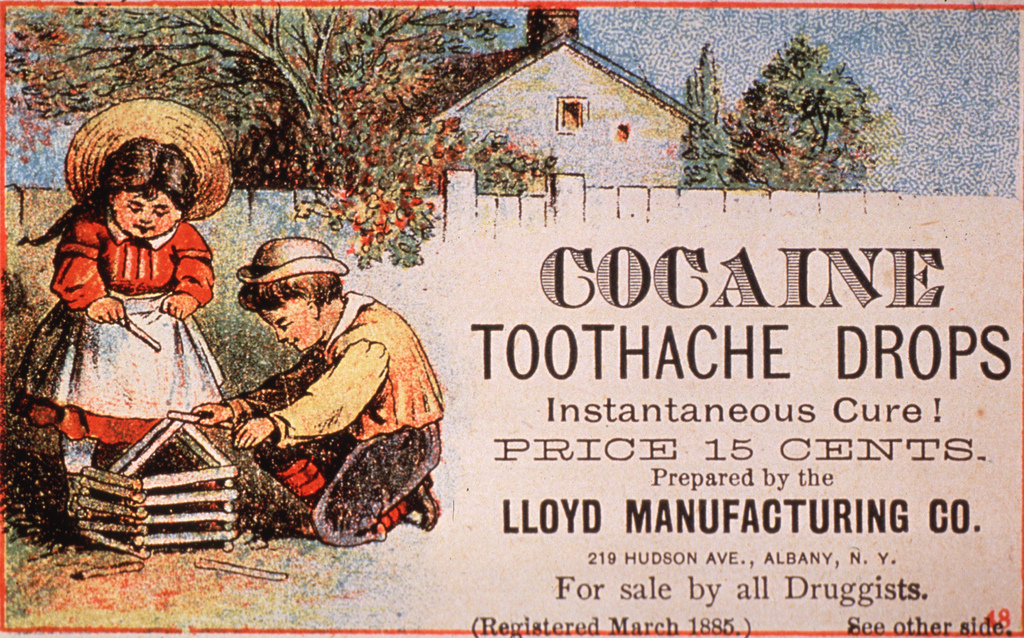We don’t want to downplay their differences or generalize them inaccurately.
Are the issues of alcoholism and drug abuse totally separate? Maybe you have a stereotype in mind for each addiction. Or you might think each one is only as dangerous as its legal status. Let’s consider some ways that alcohol and drugs compare to each other, along with some important lessons that can help us develop a genuine concern for both types of addiction, especially when they cross paths.
A Lesson in Legality
It might sound like a different universe compared to the world we live in today, but there was a time when the United States deemed the manufacturing, sale, and transportation of alcohol entirely illegal. In fact, this legislative time frame, known today as Prohibition, lasted from 1920 to 1933, just over a decade in American history. Though this was eventually deemed a failed experiment, it teaches us an important lesson about how we perceive certain things and their risks. For example, if you were asked whether cocaine or alcohol is more dangerous, which would you choose? Almost everyone would pick the answer “cocaine,” and the reason for this is very simple: it’s because we know cocaine is illegal aside from some very limited medical uses.

In contrast, most people today have an entirely different view of alcohol compared to the 1920s, and this is probably because drinking alcohol is legal once you turn 21 years old. But what if we rewound our clocks? Not only was there a time when alcohol was entirely illegal, but there was also a time when cocaine was entirely legal and widely available, including drug stores and grocery stores. This went on until the turn of the 20th century, when legislation began to catch up with the noticeable problem cocaine had become.
The point is, legal status is not the determining factor of whether alcohol or drugs are safe to use. These lessons in U.S. history teach us that safety and legality do not always go hand in hand. Because of this, understanding alcoholism and drug abuse is not a comparison of apples and oranges. Instead, it’s a comparison of chronic illnesses developed from illegal and legal substances. Both can produce negative side effects and have the potential for abuse.
Dispelling Stereotypes
Alcohol abuse can take place in various ways. For one out of every four U.S. adults, it means binge drinking at least once a month. This occurs when a person reaches a blood alcohol concentration (BAC) level of intoxication within two hours. But alcoholism is not limited just to binge drinking and reaching levels of intoxication. It can also speak to the issue of alcohol dependency. This can be seen in how widespread the use of alcohol is among various industries.
While alcoholics can fit some of the stereotypes we have in mind, the statistics show that alcohol abuse is a widespread problem that does not fit into a traditional box or demographic. While some alcoholics are among the homeless population in America, there are even working professionals who try to compartmentalize their addiction, trying to maintain an impossible double lie as a high-functioning alcoholic and a career professional.
Surprisingly, the same things can be said about drug abuse. Drug abuse data shows that the demographics are just as widespread as alcoholism. While the health risks of alcoholism and drug abuse might vary in intensity or in the short-term versus long-term, we can still say that addiction to either one is detrimental to our health and will become life-threatening if not treated. This does not mean that drug abuse is exactly the same as alcoholism, however. Issues of drug cutting and lacing due to the spread of the highly potent opioid fentanyl have made illicit drug use a necessary concern of overdose and fatalities.
Weighing the Combined Risks
Perhaps the most important thing to keep in mind when considering alcoholism and drug abuse is the added danger of mixing the two together. When any variety of drugs is mixed with alcohol, their combined effects become much more dangerous to the body. This is true for any drug, but it should be considered, especially with fentanyl, since almost all illicit drugs today can contain traces of it. When alcohol is mixed with fentanyl, which is already a dangerous opioid, it depresses the nervous system and slows down the heart rate and breathing rate to dangerous levels. Fatalities today are at a record high, and it’s hard to discount just how much this has to do with mixing already dangerous substances with alcohol.
This becomes a perfect storm with a wake of total devastation to friends and families left behind. While alcoholism and drug abuse are not synonyms, it is irresponsible to treat them as existing in two different universes. The results of each one include tragedy, discouraging statistics, and death. We don’t want to downplay their differences or generalize them inaccurately. But this also means recognizing something about both: Both addictions are avoidable, and both can be treated. If you or someone you know is struggling with alcohol or drug abuse, it is important to get professional help immediately.
Sources:
Britannica. (n.d.). Prohibition. Retrieved https://www.britannica.com/event/Prohibition-United-States-history-1920-1933
Delphi Health Group. (n.d.). Guide to Cocaine Addiction and Treatment. Retrieved https://delphihealthgroup.com/stimulants/cocaine/
NIH. (1993, April). Cocaine Abuse in North America: a Milestone in History. Retrieved https://pubmed.ncbi.nlm.nih.gov/8473543/
Delphi Health Group. (n.d.). Guide to Drug Addiction: Symptoms, Signs, and Treatment. Retrieved https://delphihealthgroup.com/addiction/
NIH (2021, June). Alcohol Facts and Statistics. Retrieved https://www.niaaa.nih.gov/publications/brochures-and-fact-sheets/alcohol-facts-and-statistics
Delphi Health Group. (n.d.). How to Quickly Recover After an Alcohol Binge. Retrieved https://delphihealthgroup.com/alcohol/recover-from-binge/
Delphi Health Group. (n.d.). Drinking Habits by Industry. Retrieved https://delphihealthgroup.com/drinking-habits-by-industry/
NIH. (2007, June 28). Researchers Identify Alcoholism Subtypes. Retrieved https://www.nih.gov/news-events/news-releases/researchers-identify-alcoholism-subtypes
Delphi Health Group. (n.d.) How to Recognize a High-Functioning Alcoholic: Signs & Symptoms. Retrieved https://delphihealthgroup.com/alcohol/high-functioning-alcoholic/
Delphi Health Group. (n.d.) Demographics of Drug Abuse: Rates in Men vs. Women. Retrieved https://delphihealthgroup.com/treatment-guide/men-women-drug-abuse/
CDC. (n.d.) Alcohol Faqs. Retrieved from https://www.cdc.gov/alcohol/faqs.htm
CDC. (2022, January 12). Vital Statistics Rapid Release. Retrieved https://www.cdc.gov/nchs/nvss/vsrr/drug-overdose-data.htm
Delphi Health Group. (n.d.) Fentanyl Addiction: What Side Effects Should You Know About? Retrieved https://delphihealthgroup.com/opioids/fentanyl/
Delphi Health Group. (n.d.) Mixing Alcohol With Opioids or Opiates. Retrieved https://delphihealthgroup.com/alcohol/mixing-with-opioids/
Harvard School of Public Health. (n.d.). Drug Overdose Deaths Hit Record High. Retrieved https://www.hsph.harvard.edu/news/hsph-in-the-news/drug-overdose-deaths-hit-record-high/
Psychology Today. (2016, January 5). Which Is More Dangerous: Alcohol or Drugs? Retrieved https://www.psychologytoday.com/us/blog/all-about-addiction/201601/which-is-more-dangerous-alcohol-or-drugs


Join the conversation!